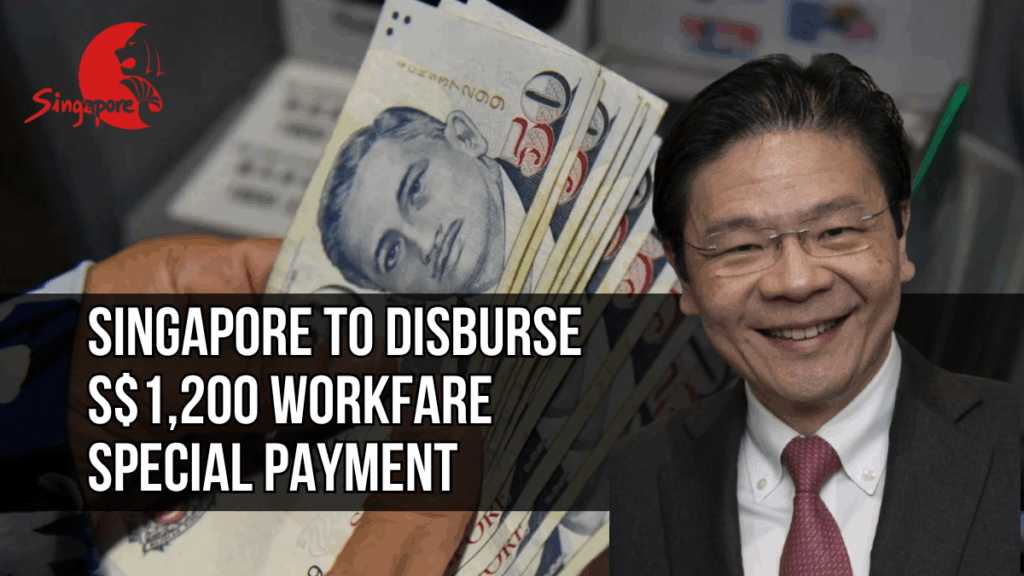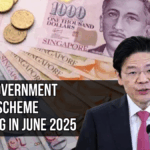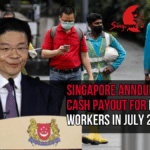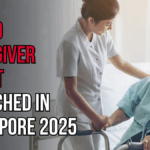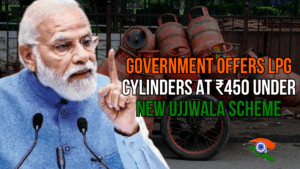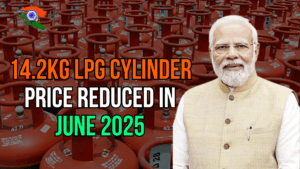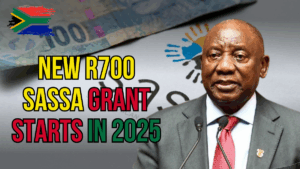In a significant step toward supporting lower-income Singaporeans, the government has announced a one-time Workfare Special Payment of S$1,200 in 2025. This initiative forms part of broader national efforts to reduce income inequality, support continued employment, and ease the cost-of-living burden for the nation’s most vulnerable workers.
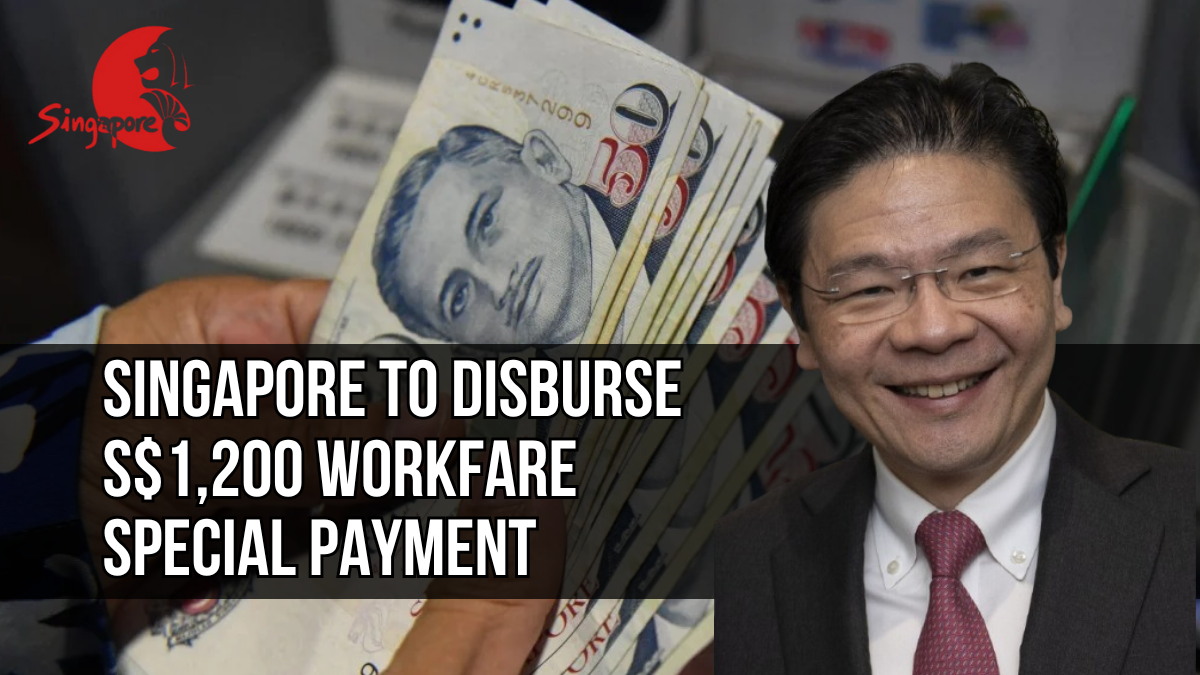
The Workfare Special Payment is aligned with the goals of the Workfare Income Supplement (WIS) scheme, a long-standing government initiative that supplements the income and CPF savings of lower-wage Singaporeans. This latest announcement demonstrates the government’s ongoing commitment to not only safeguard the livelihoods of low-income earners but also promote career growth and long-term financial stability.
Summary of the 2025 Workfare Special Payment
Key Information |
Details |
|---|---|
Payment Amount |
S$1,200 (one-time payment) |
Eligible Recipients |
Singaporean citizens aged 35 and above, earning below S$2,300 monthly |
Minimum Work Income Requirement |
At least S$2,000 in total income earned in the past year |
Disbursement Period |
Begins in July 2025 |
Application Process |
No application required; payments will be credited automatically |
Payment Mode |
Direct bank transfer |
Program Objective |
To provide financial relief and encourage continued employment |
Official Workfare Site |
Understanding the Purpose: Why This Payment Matters
The Workfare Special Payment is more than a cash payout—it is a strategic response to the mounting financial pressures faced by low-wage workers in Singapore. The payment acknowledges that cost-of-living increases—including rising food prices, transportation costs, and housing expenses—have had a disproportionate impact on individuals with lower incomes.
The government’s primary goals for this payout include:
- Providing immediate financial relief to address day-to-day expenses.
- Encouraging sustained workforce participation among mature workers.
- Complementing long-term initiatives such as wage support and upskilling programs.
The S$1,200 cash payment, though one-time, acts as a significant morale booster and safety net for eligible recipients, while promoting longer-term employment retention.
Eligibility Criteria: Who Qualifies?
To ensure that support reaches those who need it most, the Workfare Special Payment has clearly defined eligibility conditions:
- Citizenship: Must be a Singaporean citizen.
- Age: Must be aged 35 years or older (as of 2025).
- Employment History: Must have earned at least S$2,000 in total income over the past year.
- Income Level: Must meet the Workfare Income Supplement (WIS) criteria, which generally apply to individuals with an average monthly income of less than S$2,300.
The Ministry of Manpower (MOM) and Inland Revenue Authority of Singapore (IRAS) will automatically assess eligibility based on income and CPF contribution records. This system ensures efficiency and reduces administrative burden on workers.
How and When Will the Payment Be Made?
The government has streamlined the disbursement process to make it as straightforward as possible:
- Automatic Credit: Eligible individuals do not need to apply. Payments will be automatically credited to their registered bank accounts.
- Disbursement Timeline: Transfers will begin in July 2025 and continue through the month as the government verifies eligibility.
- Payment Method: Direct bank transfers ensure secure and immediate access to the funds.
Individuals are encouraged to ensure their bank details are updated with CPF Board or relevant authorities to avoid delays.
Strengthening the Broader Workfare Ecosystem
The Workfare Special Payment does not exist in isolation. It is part of a holistic policy ecosystem that includes:
1. Workfare Income Supplement (WIS)
Provides both cash payments and CPF contributions to supplement the earnings of low-wage workers. WIS promotes savings for retirement while providing immediate cash support.
2. Workfare Skills Support (WSS)
Offers subsidies for skills training and certification. This encourages workers to enhance employability and increase earnings potential.
3. Employer Partnerships
The government continues to work closely with businesses to promote career advancement pathways for low-income workers, including job redesign and flexible work arrangements.
The combined effect of these programs is to create a stable, inclusive workforce where no one is left behind due to structural economic challenges.
Tackling Cost-of-Living Pressures: A Broader Strategy
The S$1,200 payment is part of a multi-pronged approach to shield vulnerable communities from inflation and economic shocks. Other initiatives announced in tandem with the Workfare Special Payment include:
- Housing Grants: Enhanced subsidies for BTO and resale flats to keep homeownership affordable.
- Public Transport Vouchers: Assistance for low-income families to manage rising commuting costs.
- Healthcare Support: Expanded subsidies under CHAS (Community Health Assist Scheme) to reduce out-of-pocket medical expenses.
By providing a layered safety net, the government aims to ensure that economic growth benefits all Singaporeans—especially those at risk of being left behind.
Community Response and Forward Outlook
Feedback from grassroots organizations, labor unions, and social workers has been overwhelmingly positive. Stakeholders applaud the timing, accessibility, and significance of the payment.
Union representatives note that the payout comes at a crucial time as some industries face automation and workforce restructuring. The ease of distribution—with no application required—is also cited as a best practice in social policy implementation.
Looking Ahead: Potential Expansions
Government officials have indicated that future enhancements to the Workfare framework are being explored. These may include:
- Extending support to younger low-wage workers.
- Targeted schemes for single parents and caregivers.
- Increased training subsidies tied to in-demand sectors such as digital services and healthcare.
The 2025 Workfare Special Payment signals that the government is not only reactive but proactive in its approach to social equity.
Frequently Asked Questions (FAQs)
1. Do I need to apply to receive the S$1,200 Workfare Special Payment?
A. No. Eligible individuals will receive the payment automatically via bank transfer.
2. What is the minimum income requirement to qualify?
A. You must have earned at least S$2,000 over the past year to qualify under WIS criteria.
3. When will the payment be made?
A. The disbursement will begin in July 2025. Ensure your bank details are up to date.
4. How do I check if I’m eligible?
A. You may receive a notification or check your CPF or Workfare account online. Eligibility is based on tax and CPF data.
5. Is this payment taxable?
A. No, the Workfare Special Payment is not taxable and will not affect other government support schemes.
Conclusion
The S$1,200 Workfare Special Payment is a timely and thoughtful initiative that underscores Singapore’s unwavering commitment to inclusive growth. By directly addressing financial strain while supporting long-term employability, the scheme exemplifies a forward-thinking approach to worker welfare.
To stay updated or learn more, visit the official Workfare portal at:
https://www.workfare.gov.sg
For More Information Click Here

